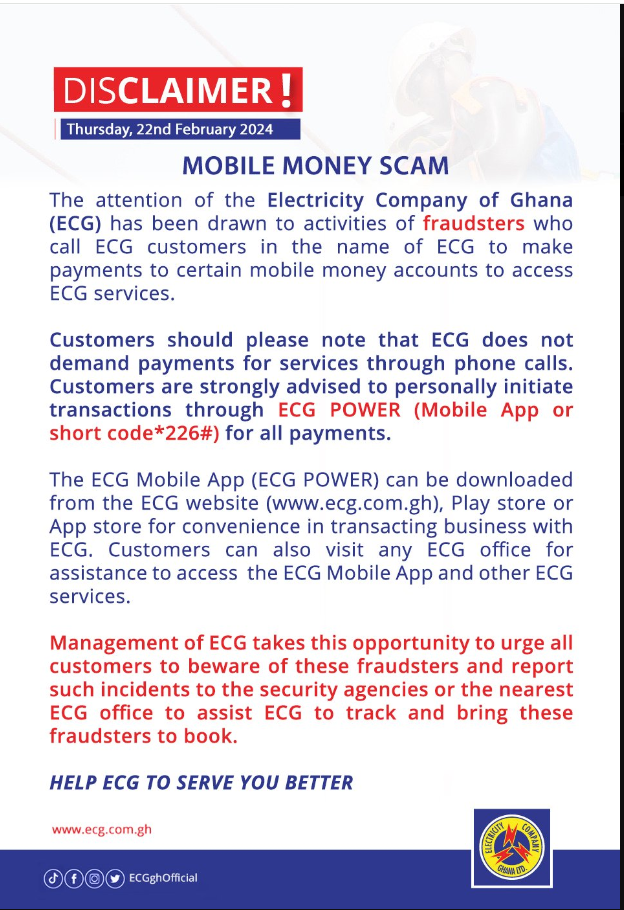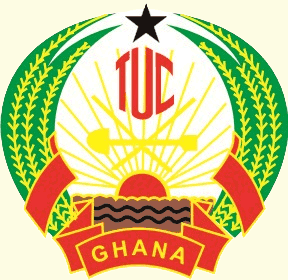
By Sampson Amihere ANAMAN
Customer experience is critical to business success in today’s competitive banking industry. It involves every interaction a customer has with a bank, from the ease of accessing services to the level of personalized support provided.
A positive customer experience not only fosters loyalty but also drives customer retention and acquisition. In an era where convenience, speed, and security are paramount, banks must continually innovate to meet the evolving expectations of their customers.
By leveraging alternative banking channels such as Instant Cash, ATMs, Cash Deposit Machines (CDMs), and Mobile Money platforms, banks can significantly enhance the customer experience, providing more accessible, efficient, and secure services that cater to the diverse needs of their clientele.
In today’s digital age, the banking industry is undergoing a transformation driven by technological advancements, evolving customer expectations, and heightened competition. Traditional banking services, though still essential, are no longer sufficient to meet the needs of a diverse and increasingly digital-savvy customer base. As customers demand greater convenience, speed, and security, banks must adapt by incorporating alternative banking channels into their service offerings.
One of the most significant advantages of alternative banking channels is the convenience they offer. Instant Cash services, for example, enable customers to withdraw or send money without the need for a bank card.
This is especially beneficial for individuals who may have lost or forgotten their cards or for those who require immediate access to funds. Additionally, ATMs provide 24/7 access to essential banking services such as cash withdrawals, cash deposit, balance inquiries and fund transfers. The widespread availability of ATMs ensures that customers can manage their finances at any time and from almost any location, making banking more accessible than ever before.
CDMs further enhance convenience by allowing customers to deposit cash directly into their accounts without having to que in the banking hall. This service is particularly valuable for small businesses and individuals who need to deposit cash frequently, as it reduces wait times and streamlines the deposit process. With the incorporation of Ghana Card verification, third party deposit for Stanbic Bank customers has become possible.
Mobile Money platforms, on the other hand, offer unparalleled accessibility by enabling customers to perform a wide range of banking activities – such as money transfers, bill payments, and even microloans – using their mobile phones. In regions with limited access to traditional banking infrastructure, Mobile Money serves as a vital lifeline, bringing financial services to underserved populations and promoting financial inclusion.
Speed and efficiency are critical factors in customer satisfaction, and alternative banking channels excel in these areas. By offering multiple channels for transactions, banks can reduce the load on branch staff, minimizing the need for customers to wait in line.
This leads to quicker service delivery and a more satisfying banking experience. Automated systems like ATMs and CDMs process transactions rapidly, saving customers valuable time compared to traditional in-branch services. Mobile Money transactions are often completed within seconds, further enhancing the speed of service, and contributing to a seamless customer experience.
Customer satisfaction is closely linked to the availability and reliability of banking services. The 24/7 availability of ATMs, CDMs, and mobile platforms means that customers can conduct their banking activities at their convenience, without being constrained by branch operating hours. This flexibility not only meets the needs of today’s busy customers but also fosters greater loyalty to the bank.
Furthermore, Mobile Money platforms can offer personalized services based on customer behaviour, such as customized loan offers, savings tips, and targeted promotions. This level of personalization helps build stronger relationships with customers and enhances their overall experience.
Security is another crucial aspect of the banking experience, and alternative channels have made significant strides in this area. Modern ATMs and mobile platforms are equipped with advanced security features and real-time transaction alerts.
These measures provide customers with greater peace of mind and protect against fraud. Services like Instant Cash and Mobile Money also incorporate security protocols such as one-time password (OTP), Pin verification and transaction limits, which help prevent unauthorized transactions and enhance the overall security of banking services.
From the bank’s perspective, the use of alternative banking channels offers substantial cost efficiency. By encouraging customers to utilize these channels, banks can reduce the operational burden on their branches, leading to lower costs associated with physical infrastructure and staffing.
Digital and automated channels can also be easily scaled to handle a large volume of transactions without requiring proportional increases in resources, making them an attractive option for banks looking to expand their customer base efficiently.
Moreover, the adoption of alternative banking channels plays a crucial role in promoting financial inclusion. Mobile Money services, in particular, are effective in reaching unbanked and underbanked populations who may not have access to traditional banking services. By providing these individuals with access to essential financial services, banks can tap into new customer segments and contribute to inclusive growth. This is especially important in emerging markets, where financial inclusion is key to economic development.
To successfully integrate and promote alternative banking channels, banks must implement several key strategies. First, customer education and awareness are critical. Banks should invest in targeted marketing campaigns, workshops, and digital platforms to educate customers about the benefits and functionalities of these channels.
Ensuring that ATMs, CDMs, and mobile platforms are user-friendly and accessible to a wide range of customers, including those with limited technological literacy, is also essential. Partnerships and collaborations with telecommunications companies, fintech firms, and other stakeholders can further enhance the reach and capabilities of Mobile Money and other digital platforms.
Continuous innovation is another important strategy. Banks must regularly update and innovate their alternative channels to meet evolving customer needs and preferences.
This includes introducing new features, enhancing security, and integrating emerging technologies such as artificial intelligence and blockchain. Finally, implementing robust feedback mechanisms will allow banks to gather customer input on their experiences with alternative channels and use this feedback to make continuous improvements.
The integration of alternative banking channels into the banking ecosystem is essential for enhancing customer experience in today’s fast-paced financial landscape. These channels provide convenience, speed, security, and inclusivity, all of which are critical to meeting the needs of modern customers.
By strategically implementing and promoting these channels, banks can not only improve customer satisfaction and loyalty but also achieve greater operational efficiency and contribute to financial inclusion. As the banking industry continues to evolve, the adoption of alternative channels will be pivotal in shaping the future of customer experience.
The writer is the Manager, ATM, Client Coverage, Stanbic Bank Ghana.
The post Enhancing customer experience through alternative banking channels appeared first on The Business & Financial Times.
Read Full Story











Facebook
Twitter
Pinterest
Instagram
Google+
YouTube
LinkedIn
RSS